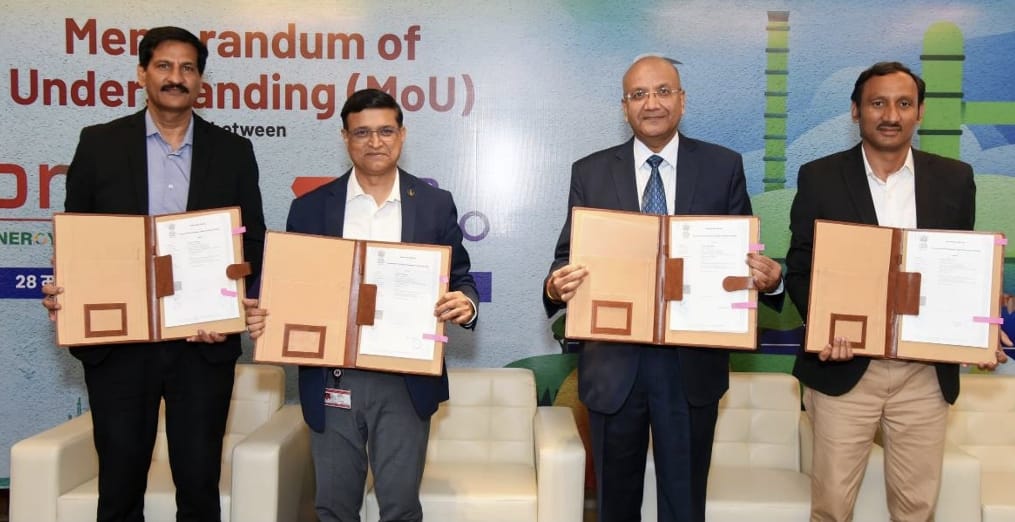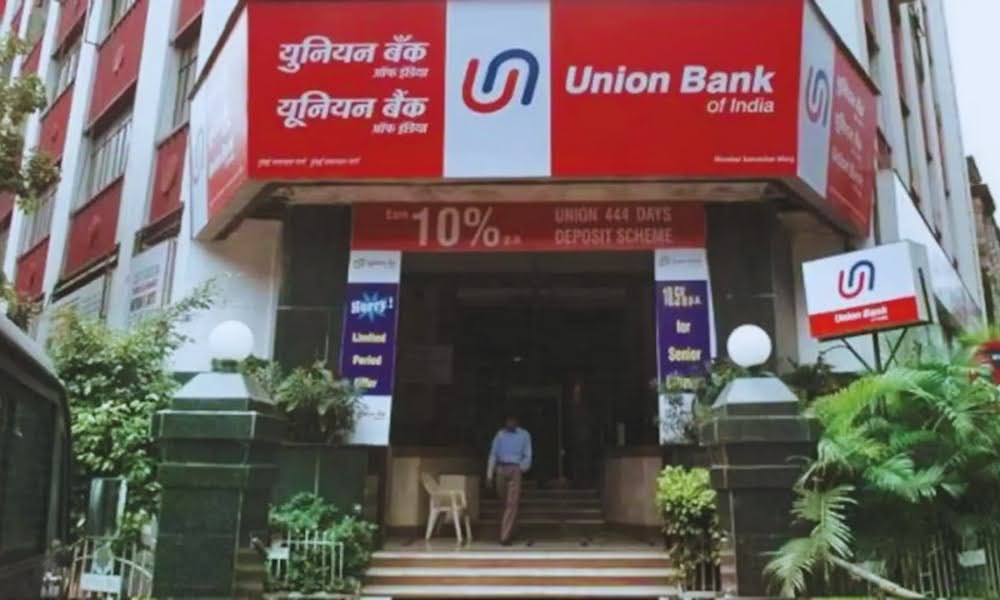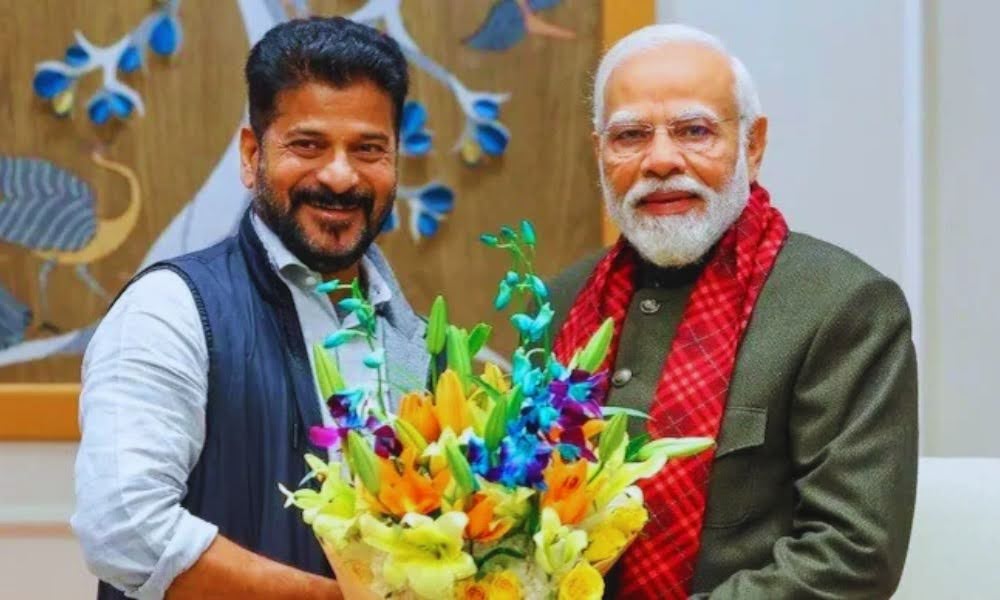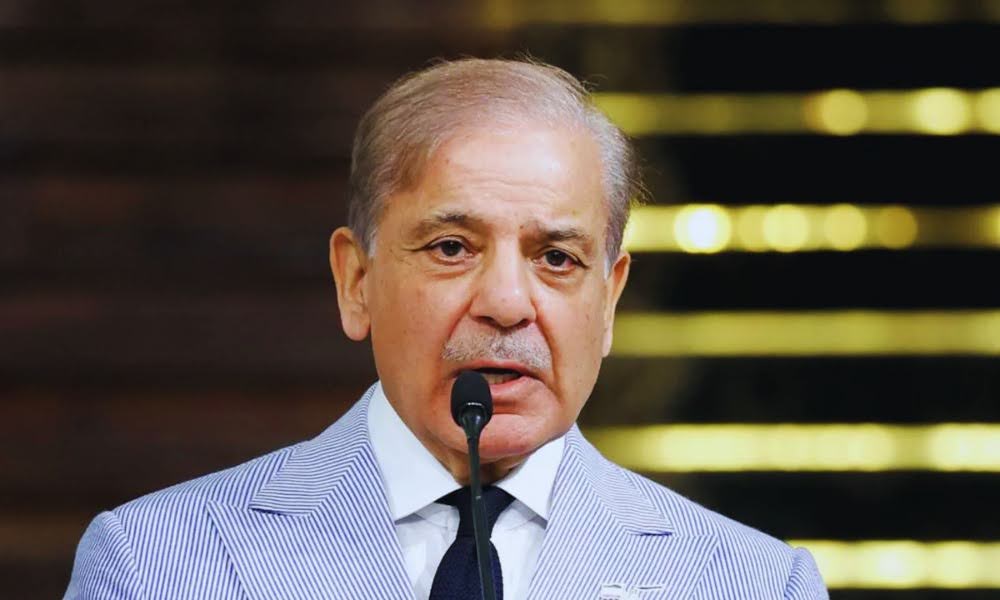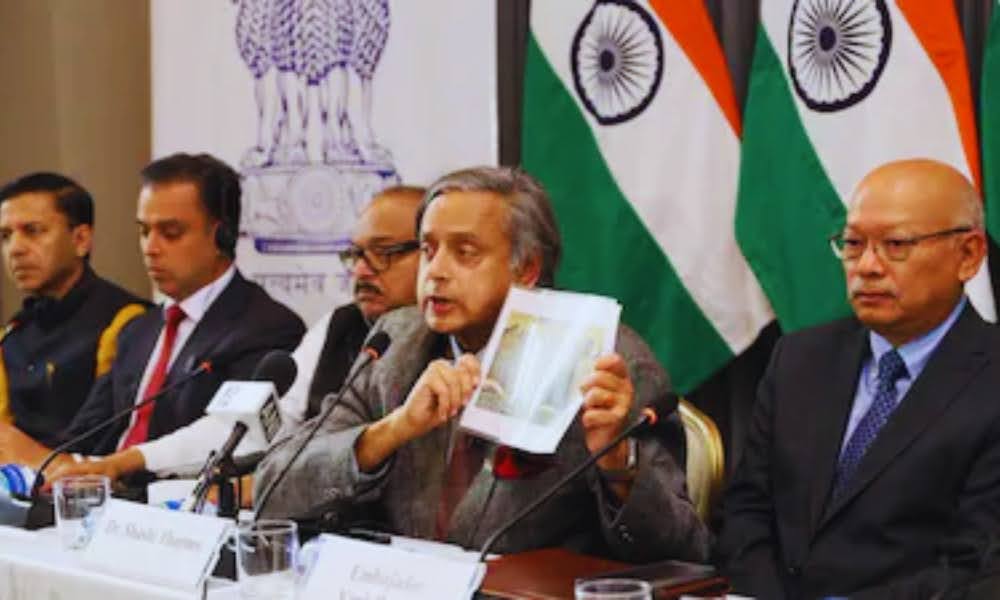Russia Calls to Revive India-Russia-China Trilateral After Five-Year Hiatus Amid Easing Border Tensions

Russia is making a renewed push to revive the Russia-India-China (RIC) trilateral format, inactive since 2020, signaling Moscow’s strategic recalibration amid shifting global alliances.
On May 29, Russian Foreign Minister Sergey Lavrov, addressing a security conference in Perm, stated that “the time has come” to resume the RIC mechanism, pointing to signs of de-escalation in India-China border tensions.
“I would like to confirm our genuine interest in the earliest resumption of the work within the format of the troika — Russia, India, China — which was established many years ago on the initiative of (ex-Russian prime minister) Yevgeny Primakov, and which has organised meetings more than 20 times at the ministerial level since then, not only at the level of foreign policy chiefs, but also the heads of other economic, trade and financial agencies of the three countries,” Lavrov was quoted as saying by TASS.
The statement marks Russia’s first explicit call to formally restart the RIC mechanism since the deadly Galwan Valley clash in June 2020 that led to a freeze in trilateral dialogue.
The RIC platform, first conceptualized by Yevgeny Primakov in the late 1990s, aimed to create a strategic counterweight to Western dominance through regular ministerial-level meetings.
Key Reasons Behind Russia’s Push
India-China Thaw
A significant motivation for Lavrov’s call is the apparent softening in India-China relations. The meeting between Prime Minister Narendra Modi and President Xi Jinping during the BRICS Summit in Kazan in October 2024 marked a step forward.
The two leaders reportedly reached an understanding to ease border tensions, creating a conducive environment for resuming trilateral discussions.
Resistance to Western Alliances
Russia views the rise of Western alliances like NATO and the Quad as destabilizing forces. Lavrov accused NATO of trying to pull India into “anti-China intrigues,” describing it as a “large provocation.”
The RIC format, in Moscow’s eyes, could serve as a counter-platform to Western influence in Asia and maintain regional balance.
Eurasian Security and Multipolar Order
Lavrov’s remarks also reflected Moscow’s goal to promote a “single and equitable system of security and cooperation in Eurasia.” This fits within Russia’s broader vision of a multipolar world order, moving away from Western-centric institutions.
Hurdles to the RIC Revival
Unresolved Border Disputes
Despite diplomatic outreach, the India-China border dispute remains unresolved. The 2020 Galwan clash deeply affected bilateral trust, and these tensions continue to present a significant obstacle to effective trilateral engagement.
India’s Western Leanings
Since Galwan, India has intensified its engagement with Western powers through the Quad, I2U2, and multiple defense and technology partnerships. This growing alignment complicates India’s ability to fully embrace platforms like RIC without sending conflicting diplomatic signals.
Russia-China Proximity
Russia’s increased dependency on China following the Ukraine war and Western sanctions could lead to concerns in India about the neutrality of the RIC platform. Delhi may view the trilateral forum as being tilted in Beijing’s favour.
Moscow’s Strategic Calculus
Russia’s renewed interest in RIC is driven by its need to retain strategic relevance in Asia. With China’s rise and India’s expanding global footprint, Moscow risks marginalization.
Reviving RIC allows Russia to act as a mediator between the two Asian giants, projecting itself as a central player in Eurasian diplomacy.
Lavrov’s explicit warning against NATO’s influence in the Indo-Pacific suggests that Moscow aims to limit India’s Western tilt. At the same time, by reengaging Delhi through RIC, Russia seeks to strike a balance in its Asian policy, reducing over-reliance on Beijing.
India’s Strategic Balancing Act
For New Delhi, Lavrov’s proposal presents both opportunities and dilemmas. While historical ties with Moscow remain strong, tensions with China are far from resolved.
India’s foreign policy hinges on maintaining strategic autonomy and balancing relationships with multiple powers.
Reviving RIC could offer India a platform to assert its interests and prevent complete alignment with either bloc. However, engaging too deeply could conflict with its partnerships in the Quad and other Western alliances.

